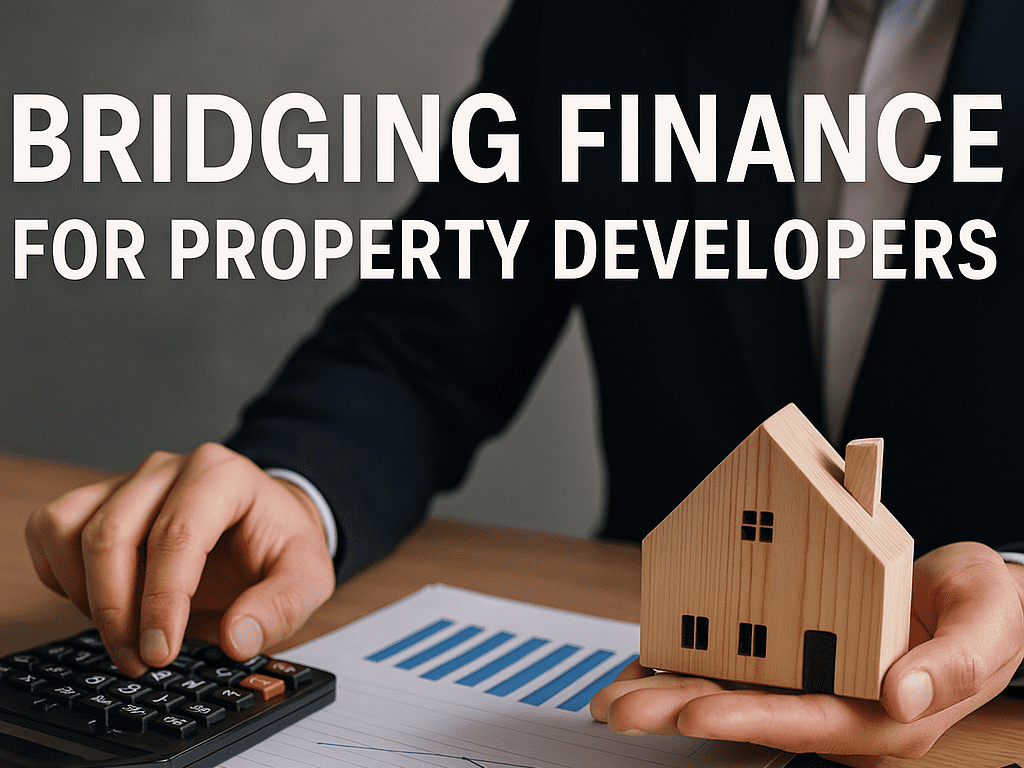As part of the Right to Build initiative to boost delivery of self- and custom build homes in the UK, Housing and Planning Minister Brandon Lewis MP announced on 4 February 2016 that the Self-build and Custom Housebuilding Act 2015 will commence on 1 April 2016. Richard Bacon, South Norfolk MP and Chair of the APPG for Custom and Community Housebuilding and Placemaking steered the Act, which reached Royal Assent on March 25th 2015, through the House of Commons as a Private Members’ Bill.
What will this mean for London: Local authorities will have a duty to assess demand for custom and self build homes in their area and ultimately to ensure the delivery of sufficient building plots to meet local demand. The latest survey of self-build intentions conducted by Ipsos Mori in 2015 reveals that 61 per cent of people in the region stated that are very likely to consider undertaking a self-build project and 72 per cent a custom build project if they are to find a plot of land available so this is proof that demand is out there.
Michael Holmes, Chair of NaCSBA (National Custom & Self Build Association) and spokesperson for The Homebuilding & Renovating Shows says:
“This is great news for the 7 million adult Britons who say they would like to build their own home (Ipsos Mori Survey 2015). From 1 April 2016, all councils in England will have a duty to maintain and publicise a register of individuals and groups who wish to bring forward self-build projects or who want to have an individually designed house ‘custom built’ for them. Essentially, this is a demand assessment tool that will enable local authorities to establish how many people want an individually designed home and therein how they should make provision for this in their planning policies and ensure sufficient building plots are given planning permission. The Self-Build and Custom Housebuilding Act 2015 will be further strengthened by the Housing and Planning Bill 2015-16 which will place a duty upon local authorities to meet demand for custom and self build opportunities in their five year land supply.
NaCSBA is not expecting an overnight transition in the availability of affordably building plots, as it will take time for local authorities to introduce registers establish demand and then formulate policies and actions, however it is the beginning of a major change in housing options for England. The 11 Vanguard Right to Build planning authorities announced on September 30th 2014 have been trialling a variety of different solutions ranging from exception sites for affordable rural homes, to an allocation of serviced plots on all large development sites, through to purchasing land themselves and bringing forward serviced plots directly to market. ”
To help those who would like to build their own home find their local Right to Build register NaCSBA has developed a new website righttobuildportal.org. Where a local authority does not yet have a register open, there is still the option to sign up and NaCSBA will ensure the relevant authority is informed.
“A 2015 survey by Ipsos Mori commissioned by NaCSBA found that seven million adult Britons would like to build their own home and a million of them intend to research the idea actively over the next 12 months. Despite this huge latent demand, only 12-14,000 will succeed due to the limited supply of individual building plots available. Just over 10,000 people managed to find a plot in 2014. In the UK, just over eight per cent of homes are self/custom built compared to 56 per cent Germany and over 40% in France and the US. The Government’s stated ambition is to double the number of custom and self build homes completed in England by 2020 and see numbers rise to European levels in the future.
Apart from the attraction of having an individually designed home, there are several financial and tax incentives to having a custom or self build home. Depending on the level of involvement from the homeowner, it is possible to save 20-30 per cent by self-building compared to buying a similar property.”











